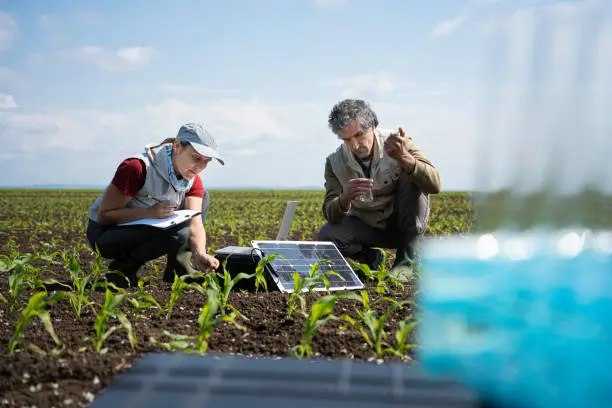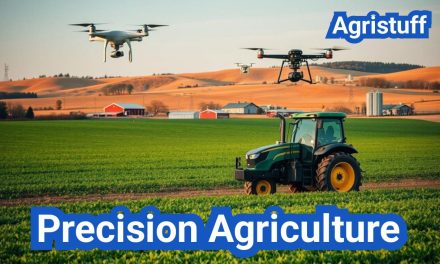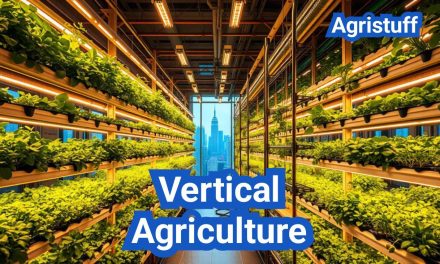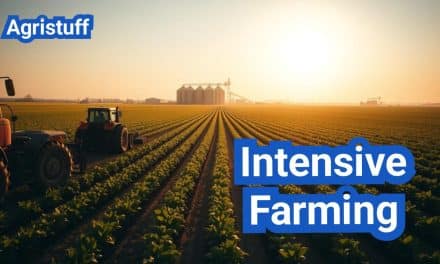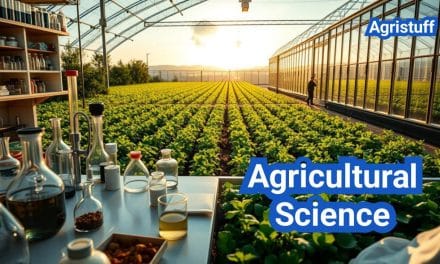Regenerative farming is a transformative approach to agriculture that blends science, ecology, and economics to address critical environmental challenges like soil degradation. Unlike conventional farming, which often depletes resources, regenerative farming aims to restore and rejuvenate the land, creating a sustainable and resilient agricultural system. By understanding its principles, techniques, and environmental and economic impacts, we can appreciate its potential to revolutionize farming and contribute to a healthier planet.
The Concept and Techniques of Regenerative Farming
Regenerative farming is more than just a farming method—it’s a philosophy that prioritizes soil health, biodiversity, and ecosystem balance. At its core, it seeks to mimic natural processes to create self-sustaining agricultural systems. Here are some key practices:
- Crop Diversity and Rotation: Monoculture farming, common in conventional agriculture, often leads to nutrient depletion and pest infestations. Regenerative farming promotes crop diversity and rotation, which enriches soil health and reduces dependency on chemical inputs.
- Cover Cropping: Planting cover crops during off-seasons protects soil from erosion, improves its structure, and suppresses weeds. This practice also enhances organic matter, fostering a healthier soil ecosystem.
- Composting: Adding compost to soil introduces beneficial microorganisms that improve fertility and nutrient availability. This natural process supports soil recarbonization, a critical step in combating climate change.
- Reduced or No-Till Farming: Traditional tilling disrupts soil structure and releases carbon into the atmosphere. Regenerative farming minimizes tillage, preserving soil integrity and promoting carbon sequestration.
- Livestock Integration: Managed grazing mimics natural herbivore behavior, stimulating plant growth and cycling nutrients back into the soil. This practice enhances soil organic matter and boosts ecosystem health.
By integrating these techniques, regenerative farming creates a harmonious relationship between agriculture and nature, fostering resilience and sustainability.

Environmental Implications of Regenerative Farming
Regenerative farming has profound environmental benefits, making it a powerful tool in the fight against climate change and biodiversity loss.
- Carbon Sequestration: Healthy soils act as carbon sinks, capturing CO2 from the atmosphere and storing it underground. This process reduces greenhouse gas emissions and mitigates global warming.
- Agroforestry: Integrating trees into farming systems enhances carbon sequestration, improves soil health, and provides habitats for wildlife. Trees also protect against extreme weather events, making farms more resilient.
- Biodiversity Boost: Diverse cropping systems and holistic pasture management create habitats for various species, strengthening ecosystems and enhancing their ability to withstand disturbances.
- Water Management: Regenerative practices improve soil’s water-holding capacity, reducing runoff and erosion. This leads to better water quality and availability, even in drought-prone areas.
While the transition to regenerative farming requires significant effort, its potential to restore ecosystems and combat climate change makes it a worthwhile investment.
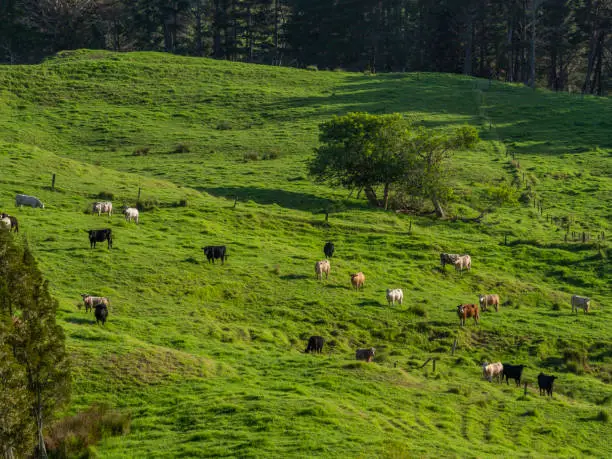
Economic Benefits and Challenges of Regenerative Farming
Regenerative farming offers promising economic opportunities, but it also presents challenges that need to be addressed for widespread adoption.
Economic Benefits:
- Increased Profitability: Over time, regenerative practices reduce input costs (e.g., synthetic fertilizers and pesticides) while improving yields, leading to higher profitability for farmers.
- Market Opportunities: The growing demand for organic and sustainably produced food creates premium markets for regenerative farmers.
- Climate Resilience: Farms using regenerative practices are better equipped to withstand extreme weather, reducing financial risks associated with climate change.
Challenges:
- Initial Costs: Transitioning to regenerative farming may require significant upfront investment in education, infrastructure, and equipment.
- Yield Variability: Yields may temporarily decrease as soils heal and adapt to new practices, posing financial challenges for farmers.
- Policy Barriers: Current agricultural policies often favor conventional farming, making it harder for regenerative farmers to access subsidies and support.
Despite these challenges, regenerative farming holds immense potential to create a sustainable and profitable agricultural system.

The Future of Regenerative Farming
Regenerative farming represents a paradigm shift in agriculture, emphasizing long-term sustainability over short-term gains. While challenges like economic barriers and lack of awareness persist, the future looks promising. Advances in technology, supportive policies, and increased consumer demand for sustainable products are driving the adoption of regenerative practices.
By embracing regenerative farming, we can restore soil health, combat climate change, and build resilient food systems that benefit both people and the planet.

